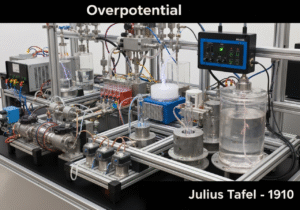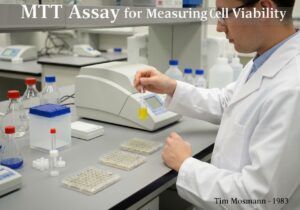识别、评估和控制食品安全危害。
- 方法: 客户与营销, 构思, 产品设计
危害分析关键控制点

危害分析关键控制点
- 持续改进, 环境影响评估, 食品安全, 危害分析关键控制点, 流程改进, 工艺优化, 质量保证, 质量控制, 风险管理
目标
如何使用
- 一种系统的食品安全预防方法,防止生产过程中可能导致成品不安全的生物、化学和物理危害,并设计措施将这些风险降低到安全水平。
优点
- 国际公认;积极主动的食品安全方法;可应用于整个食物链;降低食源性疾病的风险。
缺点
- 实施起来可能很复杂,成本很高,尤其是对小企业而言;需要大量的投入和培训;文件可能很繁多。
类别
- 制造业, 质量, 风险管理
最适合:
- 通过系统管理危害,确保食品安全和预防食源性疾病。
危害分析关键控制点 (Hazard Analysis 关键控制点) methodology is widely adopted in various industries beyond food production, including pharmaceuticals, cosmetics, and even the manufacturing of consumer goods where safety is paramount. This methodology is particularly effective during the design and development phases of products or processes, allowing teams to identify potential hazards early on and implement controls before issues arise. Participants in HACCP planning typically include multidisciplinary teams comprising food scientists, quality assurance specialists, engineers, production staff, and sanitation experts who collaboratively assess risks associated with the entire supply chain from raw material sourcing to final delivery. For example, in a beverage company, HACCP may involve evaluating water quality sources, monitoring safety during bottling processes, and ensuring proper storage conditions to maintain product integrity. Its applications extend to regulatory compliance, enabling companies to meet standards established by organizations like the FDA and WHO, fostering trust among consumers while minimizing liability. This proactive risk management approach not only leads to reduced instances of foodborne illnesses but also enhances operational efficiency by reducing waste and recalls, thereby supporting sustainable practices. The structured framework provided by HACCP can also be adapted to product innovation, allowing companies to experiment with new ingredients or production methods while maintaining benchmark safety protocols.
该方法的关键步骤
- Conduct hazard analysis by identifying potential biological, chemical, and physical hazards.
- Determine the Critical Control Points (CCPs) where hazards can be prevented, eliminated, or reduced.
- Establish critical limits for each CCP to ensure safety measures are effective.
- Implement monitoring procedures for each CCP to ensure compliance with critical limits.
- Establish corrective actions to be taken when monitoring indicates that a CCP is not under control.
- Develop verification procedures to confirm that the HACCP system is working effectively.
- Establish record-keeping and documentation procedures to maintain accountability and traceability.
专业提示
- Integrate HACCP principles within the design phase by employing simulations and modeling to predict potential hazard points in production processes.
- Utilize advanced data analytics for real-time monitoring and validation of critical control points, enabling quicker responses to emerging hazards.
- Engage cross-functional teams in regular reviews of HACCP plans to incorporate diverse expertise and technological advancements, ensuring continual improvement of safety measures.
历史背景
1800-05-02
1880
1910
1940
1950
1970
1983
1834-01-01
1880
1920
1940
1950
1975
1997
(如果日期不详或不相关,例如 "流体力学",则对其显著出现的时间作了四舍五入的估计)。














相关文章
肌肉骨骼不适调查表
多变量测试(MVT)
多元回归分析
动作捕捉系统
MoSCoW 方法
情绪中值测试